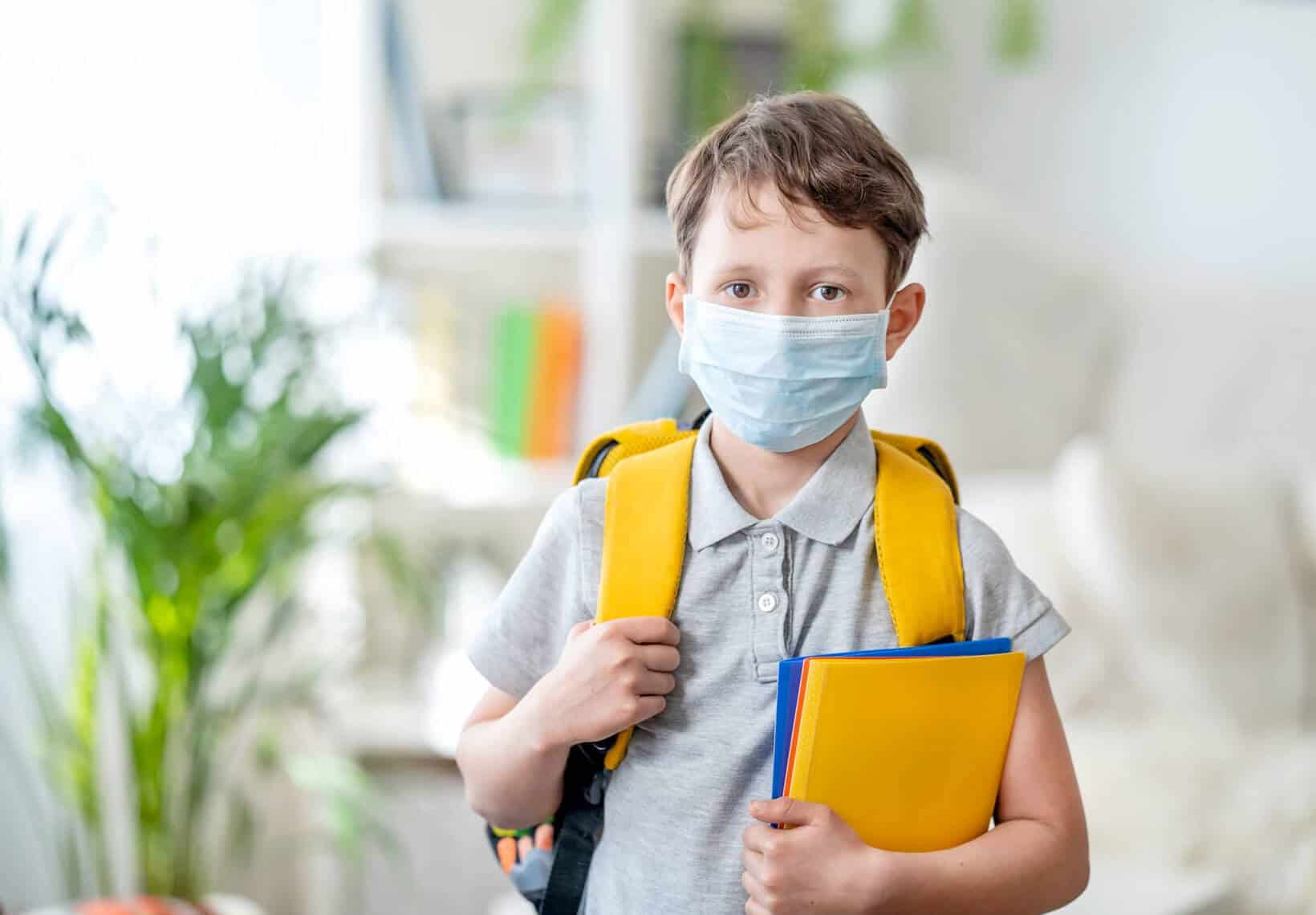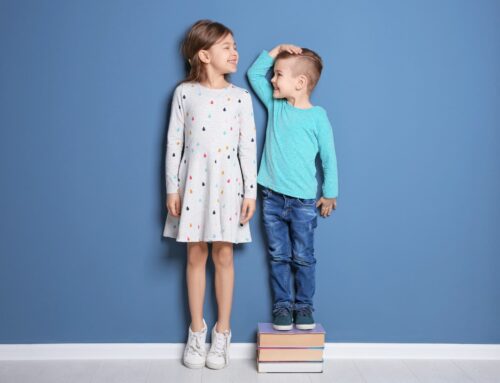Blueprint of a Conversation
When talking to your child about COVID-19, there are a number of simple principles that can guide your conversation. It is important to think about your initial conversation as the beginning of a dialogue that will evolve over the course of this pandemic. Remember that all kids are different and each conversation will be unique. While one child might want to dive into the details about what has happened, another might prefer a hug and a reassuring word. I always like to start the conversation with a heartfelt “how are you doing?” and “do you have any questions?” These questions convey a great deal. First, it allows you to check your own anxiety or biases and forces you to focus on your child’s feelings. Second, there is tremendous power in listening. By really listening to your child’s answers, you let your child know that you are focused on him rather than on the threat itself. Third, it provides your child the opportunity to set the tone and pace of the conversation. Fourth, it offers you a subtle way to gauge how much your child knows and how much he has processed about the facts. It is essential to respect this initial part of the conversation and do not rush through it. Let your child have time to think about the questions and use his or her own words. Once you listened to your child’s first thoughts, try to include the following messages as the conversation unfolds.
Reassurance
Children need to be reassured that this illness is not common in children and even if children do get sick, they usually have a mild course. You should also reassure him/her that the pandemic will end even if you don’t know when.
Empower
Empower your child by telling him/her what they can do to keep themselves safe. Let them know that they have the power to keep themselves and others healthy. Remind them about their safety “toolbox” which includes social distancing, handwashing, and refraining from touching their face. For younger kids, create little games to help them remember these important tools. For example, see who can go the longest without touching their face or see if you can find a favorite 20 second song to use for handwashing. For older kids, remind them about the consequences if they don’t follow use these hygiene tools. For example, if they get sick, they might not be able to play basketball or hang out with their friends.
Routine
Let them know that their schedule may change but there will still be a routine that they can look forward to each day. Engage them to help you create the routine.
Understanding What Information Is Out There
Discuss where they are getting their information from and whether they are getting an appropriate picture about what is happening.
Key Points to Keep In Mind When Talking to Your Children about COVID-19
All Kids are Unique
You should tailor the conversation to your child’s needs. Depending on your child’s disposition, you may find yourself having a detailed conversation about the facts or engaging in an emotional conversation about what is happening out there. It is essential to respect your child’s needs.
Developmental Level
Regardless of there age, all children are fearful about how this might effect them and those they love. Do not underestimate the importance of your reassuring words.
- younger kids are often quite empathetic. It is important to let kids know that it is alright to have BIG feelings and know that you are there to support them and to keep them safe.
- older kids are often action oriented – older kids often take comfort in knowing what is being done to improve situation. No matter how sophisticated your child is, remember they are still kids. Refrain from engaging in adult conversation that might undermine your reassuring words.
- children with developmental delay – tailor the conversation to the developmental and not the chronological age.
Check Your Anxiety at the Door
Take some time to think through your own thoughts and make sure you are in a good place to have the conversation. Kids are very perceptive and able to pick up subtle cues that will reveal your own fear of what is happening.
Be Honest
It is OK to not know all the answers. Let them know you will get the answer or challenge them to find the answer.
Beyond the Talk
Anxiety
Your child might not come out and tell you that they are anxious. They might not even know that they are anxious. Watch for signs of anxiety through sleep problems, physical complains, changes in behavior, or emotional changes.
Revisit
As we stated above, think of this as the initial foray into a continuous dialogue about the pandemic. Revisit the conversation over time without coming at it too frequently. Also, let them know it is OK if they want to bring it up. You are always available to talk. If you feel like you are done after the first conversation, your run the risk that your child will not bring it up again, they will keep hearing more disturbing information, and their anxious feelings will evolve.
Be a Role Model
Make sure that you practice what you preach. Demonstrate good social distancing and safety precautions and don’t forget to complement your child when he or she does a good job.
Feel free to reach out if you have any questions or need some help. Good luck!




